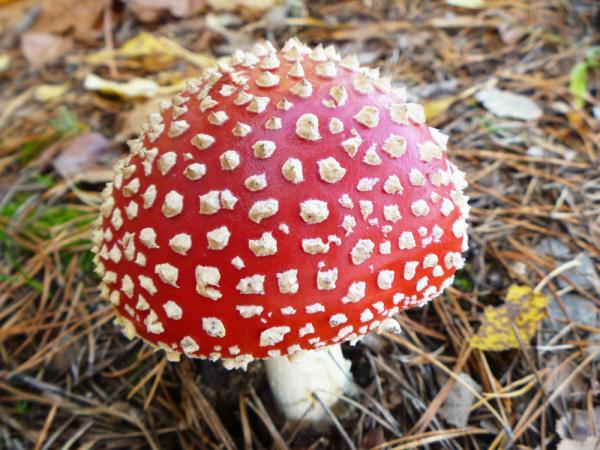For some, an all-natural lifestyle means eating foods that are as unprocessed as possible, and if you can grow it yourself or collect it from the wild yourself, your natural creds go way up. But there can be a problem with that — as we've reiterated many times, natural doesn't necessarily mean safe — and we're not talking about pesticides here.
A news report recently listed 87 cases of poisoning ascribed to eating mushrooms gathered in the wild in France. Two French agencies, the Agency for Food Environmental and Occupational Food and Safety and the Directorate General for Health, reported that three of these cases were 'severe,' and resulted from confusing poisonous with edible varieties. It takes a reasonably thorough grounding in mycology (the study of fungi) to be able to distinguish the edible from the dangerous.
As anyone with a lawn can attest, a rainy period and warm temperatures can create a crop of mushrooms overnight. But whether or not they are edible is a topic for an expert. Characteristics such as the color and shape of the cap, gills and stem all must be taken into account when identifying mushrooms — and there are certainly look-alikes in poisonous and benign varieties. The 'bad guys' can contain a variety of toxins, some of which are deadly. For example, alpha-amanitin, orellanine, muscarine, and ergotamine can cause a variety of injuries, ranging from liver damage, kidney failure, and neurotoxicity. Some effects are seen in a day or so after ingestion, while others may not have their effects for weeks. Thus it may not be easy to ascribe the consequences to the food.
The North American Mycological Association (NAMA) keeps records of mushroom poisonings — they reported 67 incidents of human poisoning from mushrooms in 2013 — fortunately, none were lethal. There were also 49 cases of dogs and one cat poisoned — the cat died, as did from 4 to 6 dogs.
The take-home message is, of course, to check and check again the identity of mushrooms gathered from the wild, and to be sure that someone well-versed in mushroom identification agrees that the samples you collected are indeed edible. While mushroom poisoning is obviously not a major risk to public health, it is a risk that is easily avoidable when proper identification protocols are followed.




